‘Children of the jungle’: Hunt for hero dog who helped rescue lost siblings in Amazon jungle
There are fears for a missing sniffer dog credited with finding the four young siblings who were lost for 40 days in the rugged Colombian Amazon jungle.
World
Don't miss out on the headlines from World. Followed categories will be added to My News.
A desperate hunt is underway for the hero sniffer dog whose pawprints led rescuers to four children lost in the rugged Colombian Amazon jungle for 40 days after surviving a plane crash.
Wilson, a six-year-old Belgian shepherd, found the siblings and stayed with them after running off from his handlers while tracking their scent before he went missing.
The children told officials they had spent some time with a dog – who special forces believe was Wilson – before it disappeared.
“The kids told us that they spent three or four days with Wilson and that they (found) him quite skinny,” Colombian military special forces Pedro Arnulfo Sánche Suárez said, suggesting the pup could have become disoriented during the mission due to the complexity of the terrain, the humidity and the adverse weather conditions.
The military was still looking for the dog, as of Sunday.

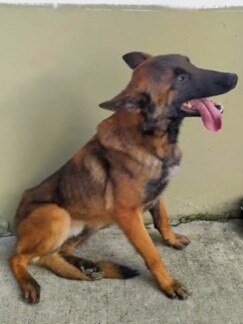
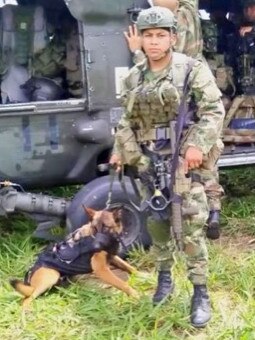
The siblings – aged 13, nine, four and 11 months – were travelling with their mother from the Amazonian village of Araracuara to San José del Guaviare when the plane crashed in the early hours of May 1. The pilot, mother, and a third adult were tragically killed in the crash.
The children’s disappearance sparked a massive military-led search operation that saw more than one hundred Colombian special forces troops and over 70 indigenous scouts combing the deep forest.
Wilson was one of two dogs – the other one is named Tellis – who helped the 150 soldiers and others reach the children, according to rescuer Carlos Villegas. The dogs picked up the scent of the lost children, and Wilson is believed to have walked with the youngsters for a bit, leaving pawprints which ultimately left rescuers to them.
The four were eventually found in an area clear of trees.
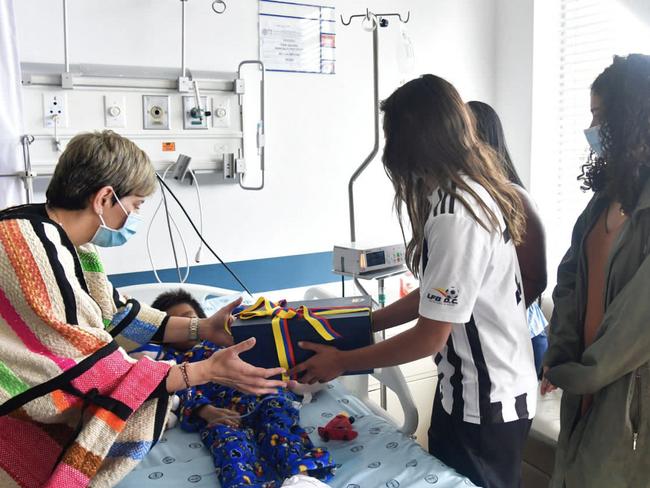
The “children of the bush,” as their grandfather called them, survived eating yucca flour that was aboard the doomed plane, and scavenging from relief parcels dropped by search helicopters.
But they also ate seeds, fruits, roots and plants that they identified as edible from their upbringing in the Amazon region, said Luis Acosta of the National indigenous Organisation of Colombia (ONIC).
“The survival of the children is a sign of the knowledge and relationship with the natural environment that is taught starting in the mother’s womb,” according to the National Organization of indigenous Peoples of Colombia (OPIAC).
The children are currently recovering in a hospital in the Colombian capital Bogota after being taken there by air ambulance flown by the Colombian Air Force on Saturday, officials said.
Their grandfather, Fidencio Valencia, who visited the siblings in the hospital where they are recuperating, said they were “shattered but in good hands and it’s great they’re alive”.
“We were in the darkness, but now dawn has broken and I have seen the light,” he said.
Acosta, who took part in search operations, said the children were imbued with “spiritual force.”
That is a shared perception among indigenous leaders, and Acosta noted that a guardian was to be posted outside the military hospital where doctors were attending to the children to help accompany them “spiritually.”
“We have a particular connection to nature,” Javier Betancourt, another ONIC leader, told AFP. “The world needs this kind of special relation with nature, to favour those like the indigenous who live in the jungle and take care of it.”
During the search, soldiers worked side-by-side with indigenous trackers for 20 days.
President Gustavo Petro praised what he called a “meeting of indigenous and military knowledge” that he said showed respect for the jungle.
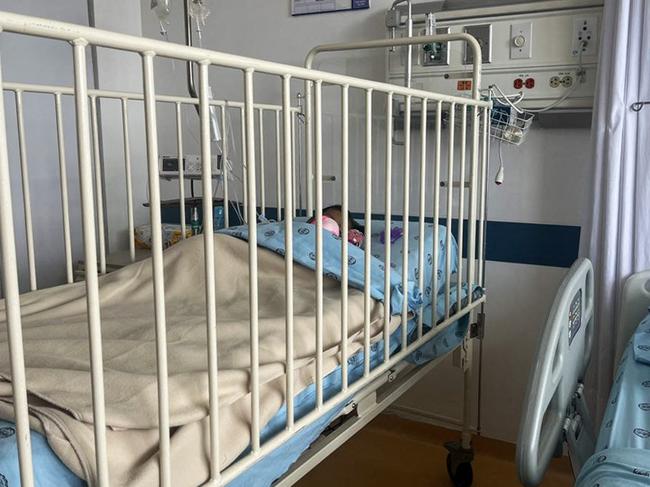
Army helicopters broadcast recordings of the children's’ grandmother telling them in the indigenous Huitoto language to stay put in one spot until rescuers reached them.
“It was President Petro who brought us together,” Acosta told local media, referring to soldiers and indigenous experts.
“In an initial meeting, eight days before our search began, the president told us we needed to go with the army because the army couldn’t do it alone,” he added.
More than 80 volunteers from indigenous territories in the departments of Caqueta, Putumayo, Meta and Amazonas joined around 100 soldiers in what was dubbed “Operation Hope.”
While soldiers planned operational details, native searchers held rituals to communicate with jungle “spirits,” using mambe, a paste made of coca leaf and ash, as well as chirrinchi, a fermented drink.
Using machetes, rescuers felled trees and marked them with spray paint to guide the children.
Indigenous medicinal knowledge was also used to adapt to the difficult jungle conditions, treating scratches, splinters, insect bites, exhaustion and physical pain.
The indigenous people have “worked in the rain, in storms and in many difficult situations, but always with the hope and spiritual faith that (the children) could be found,” Acosta said.
It all led to the discovery of the siblings by an indigenous tracker in an area that hadn’t yet been explored.
‘CHILDREN OF THE JUNGLE’: HOW MISSING KIDS SURVIVED
Exhausted but happy, four indigenous children who had been missing for more than a month in the Colombian Amazon rainforest have been reunited with their relatives after a miraculous rescue.
The siblings, who had been wandering alone in the jungle after surviving a small plane crash, were discovered after an intense rescue operation involving sniffer dogs, helicopters and aircraft.
Looking thin and frail, the children were transported by army medical plane to a military hospital in Bogota, according to AFP journalists at the scene.
Defence Minister Ivan Velasquez, who visited them in the hospital with President Gustavo Petro, said they are recovering, but cannot yet eat solid food.
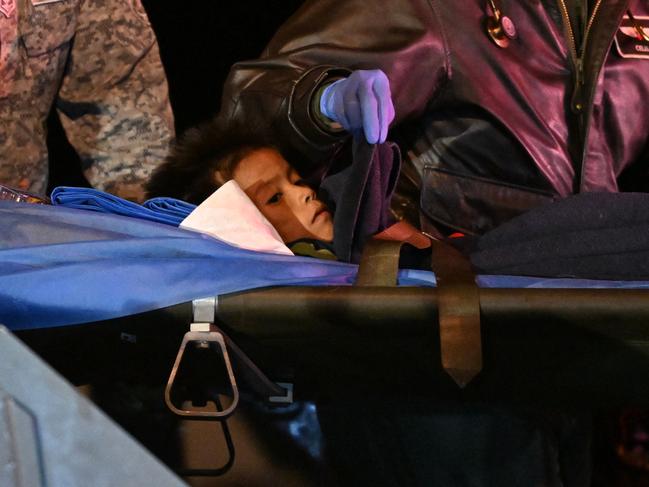
The youngest two children, now five and one, spent their birthdays in the jungle, as Lesly, the oldest at just 13 years old, guided them through the ordeal.
“It is thanks to her, her value and her leadership, that the three others were able to survive, with her care, her knowledge of the jungle,” Mr Velasquez said.
General Pedro Sanchez, who led the search operation, credited indigenous people involved in the rescue effort with finding the children.
“We found the children: miracle, miracle, miracle!” he told reporters.
Lesly Jacobombaire Mucutuy, aged 13, Soleiny Jacobombaire Mucutuy, 9, Tien Ranoque Mucutuy, 4, and infant Cristin Ranoque Mucutuy were the only survivors of a deadly plane crash on May 1.
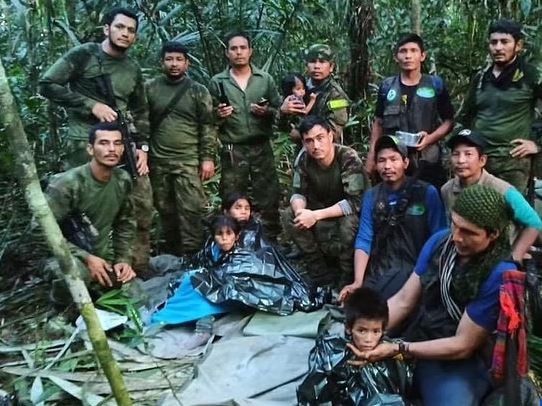
Their mother, Magdalena Mucutuy Valencia, was tragically killed in the crash along with two other adult passengers: pilot Hernando Murcia Morales and Yarupari indigenous leader Herman Mendoza Hernández.
President Gustavo Petro announced their rescue and told the media: “Today we have had a magical day.”
“They are weak. Let’s let the doctors make their assessment,” he said.
Mr Petro had posted a photo on Twitter showing several adults, some dressed in military fatigues, tending to the children as they sat on tarps in the jungle.

The Colombian President said they survived like “children of the jungle”.
“Their learning from indigenous families and their learning of living in the jungle has saved them,” Mr Petro told reporters.
He said they had demonstrated an example of “total survival that will be remembered in history.”
“They are children of the jungle and now they are children of Colombia,” he said.
“The most important thing now is what the doctors say, they have been lost for 40 days, their health condition must have been stressed. We need to check their mental state too,” he said.
One rescuer held a bottle to the mouth of the smallest child, whom he held in his arms.
“A joy for the whole country! The 4 children who were lost 40 days ago in the Colombian jungle were found alive,” he wrote on Twitter.
Video shared by the Defence Ministry late Friday showed the children being pulled up into a helicopter as it hovered over the tall trees in almost complete darkness.
Originally from the Huitoto indigenous group, the children had been wandering alone in the jungle, when the Cessna 206 in which they were travelling crashed.
The pilot had reported engine problems only minutes after taking off from a jungle area known as Araracuara on the 350km journey to the town of San Jose del Guaviare.
Officials said the group had been fleeing threats from members of an armed group.
A massive search involving 160 soldiers and 70 indigenous people with intimate knowledge of the jungle was launched after the crash, garnering global attention.
The area is home to jaguars, snakes and other predators, as well as armed drug smuggling groups, but clues such as footprints, a diaper, and half-eaten fruit led authorities to believe they were on the right track.
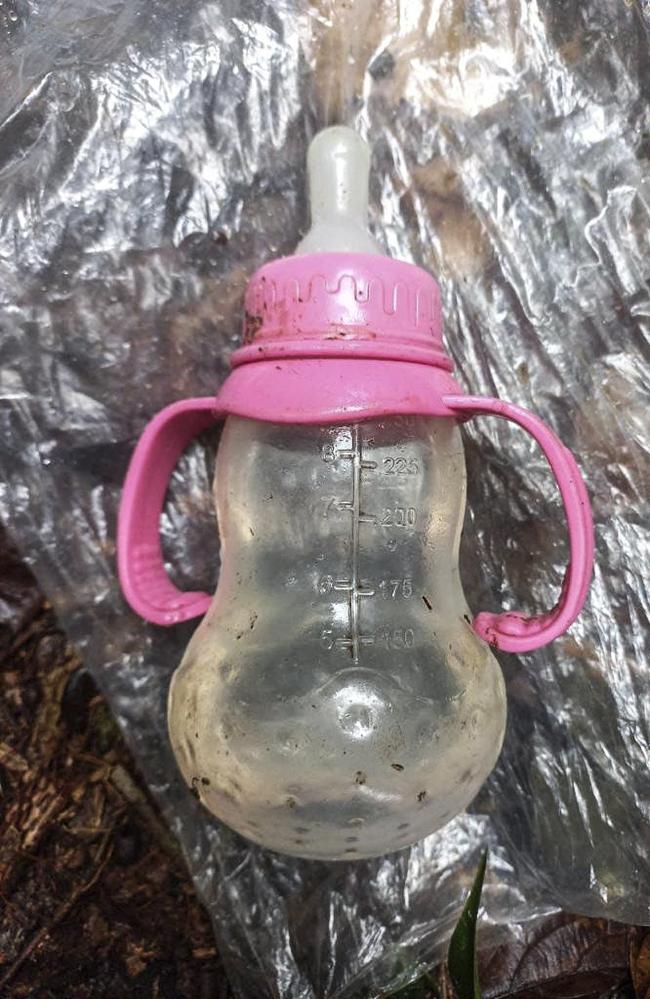
Worried that the children would continue wandering and become ever more difficult to locate, the air force dumped 10,000 flyers into the forest with instructions in Spanish and the children’s own indigenous language, telling them to stay put.
The leaflets also included survival tips, and the military dropped food parcels and bottled water.
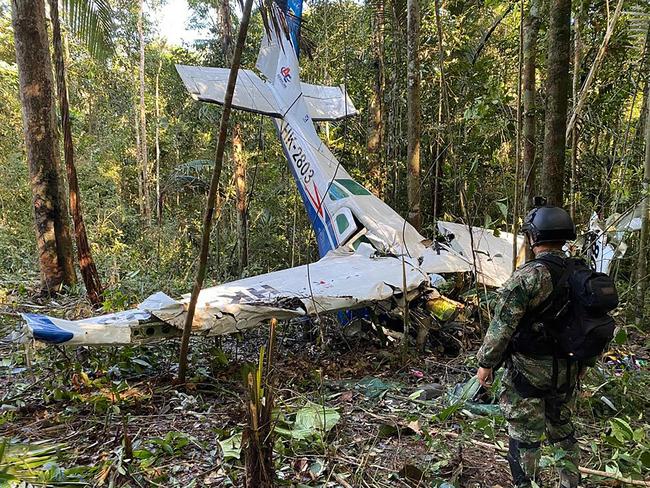
Rescuers had also been broadcasting a message recorded by the children’s grandmother, urging them not to move.
According to the military, rescuers found the children about five kilometres (three miles) west of the crash site.
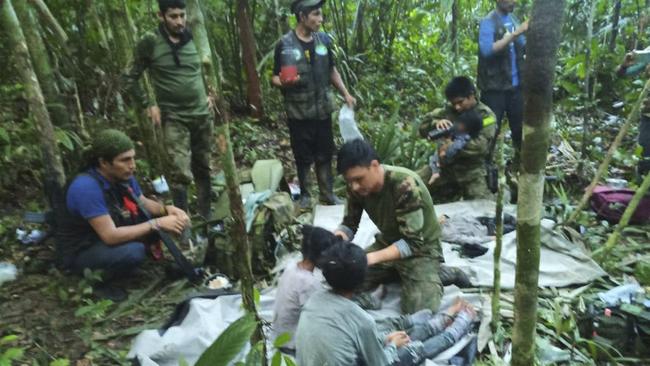
‘ABSOLUTE SURVIVAL’
Huitoto children learn hunting, fishing and gathering, and the kids’ grandfather, Fidencio Valencia, had told AFP the children are well acquainted with the jungle.
“I just want to see them, to touch them,” he said early Saturday after learning of their rescue.
“For us this situation was like being in the dark, we walked for the sake of walking. Living for the sake of living because the hope of finding them kept us alive. When we found the children we felt joy, we don’t know what to do, but we are grateful to God,” he said.
The children’s other grandfather, Narcizo Mucutuy, said he wants his grandchildren home.
“I beg the president of Colombia to bring our grandchildren to Villavicencio, here where the grandparents are, where their uncles and aunts are, and then take them to Bogota,” he said.
Their grandmother, María Fátima Valencia, said she was “going to hug all of them” and “thank everyone”.
News came as Mr Petro returned home from Cuba, where he signed a six-month truce with Colombia’s last active guerrilla group, the ELN.
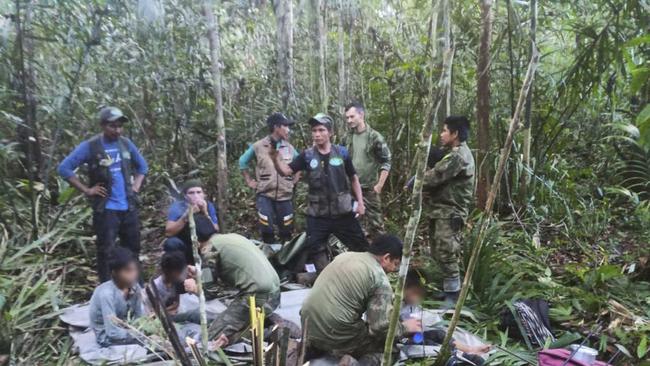
“Getting closer and attaining peace in the agreement that is moving forward with the ELN … And now I return and the first news is that indeed the indigenous communities that were in the search and the military forces found the children 40 days later,” he told reporters in Bogota.
“They were alone, they made it on their own. An example of absolute survival that will go down in history,” he said.
With her “warrior” spirit, 13-year-old Lesly kept her younger siblings safe, the children’s grandmother Fatima Valencia told AFP.
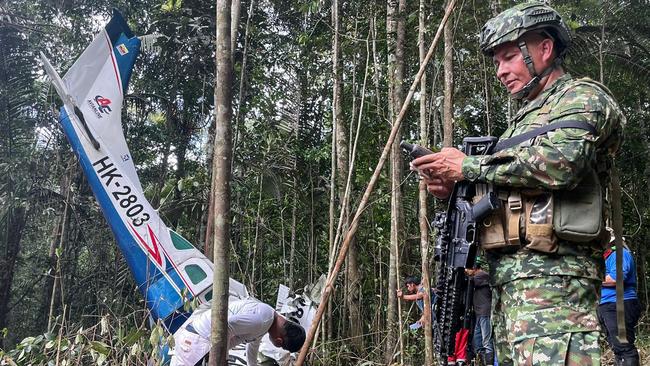
Seventeen days after the children went missing, Mr Petro announced that they had been found alive but he retracted the statement a day later, saying he had been given false information.
On Friday, he praised “the effective co-ordination between the military and the indigenous people” during the search, saying it was an “example of an alliance for the country to follow.” Fidencio Valencia told AFP that the children had been found by a native of Araracuara who had been participating in the search.
The Defence Minister paid tribute to the various army units’ “unshakeable and tireless” work, as well as to the indigenous people who took part in the search.
– With AFP


